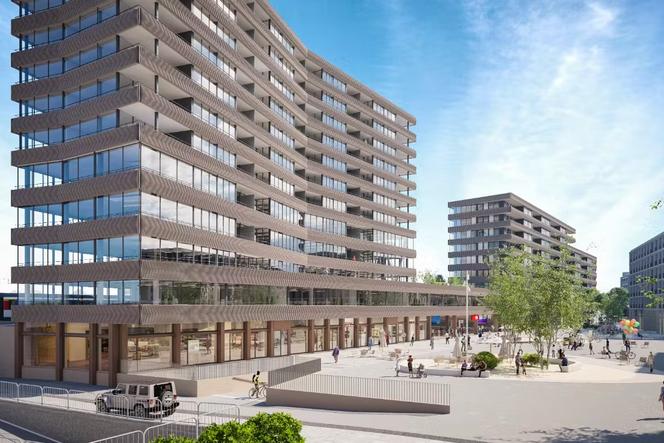

LETTER FROM GENEVA

The new district around Morges station (in the Vaud canton), considered remarkably ugly by the citizens of the small medieval town on Lake Geneva, is almost a carbon copy of the one in Renens, some 10 kilometers further west, on the same railway line. Unless, perhaps, it more closely resembles those being built in Liestal (Basel-Landschaft canton) or Rotkreuz (Zug canton).
The same disturbing phenomenon is taking place in Switzerland's major cities. It's impossible to tell the difference between the new Pont-Rouge development in Geneva, Europaallee next to Zurich's Hauptbahnhof, or the Malley Central project (under construction) on the outskirts of Lausanne. In the 20 years or so since this urban transformation began, the facts are now irrefutable: Switzerland is becoming increasingly uniform.
Let's set the scene, from a geographical perspective to begin with. It's a compact country of 42,000 km2, two-thirds of which are occupied by mountains – the Jura to the north and the Alps to the south. The remaining third, the Swiss plateau, will soon have to squeeze in 10 million people.
In the background is Switzerland's steady economic success, making it highly attractive. This in turn drives the highest population growth in Europe, which, together with well-integrated immigration, contributes to continued prosperity.
The result is a housing shortage. As the saying goes, opportunity makes a thief, and Switzerland's largest landowner is none other than the SBB (Swiss Federal Railways), which has become the country's second-largest real estate company. Former railway yards, prime plots in the heart of urban centers, are being transformed into "pieces of the city" for tens of thousands of new arrivals.
These mixed-use districts combine offices, housing, public services and retail spaces in buildings that gain in height what they lose in originality. Everywhere, you'll find the same smooth parallelepipeds, the same large reflective glass windows, underground parking lots and ubiquitous Brezelkönig outlets (bakery chain). The guiding principles are densification and compliance with the stringent Swiss "Minergie" standard for energy-efficient buildings.
The requirement for maximum returns in these new areas is extremely high, even though the former federal railway authority originally acquired this land for its public service mission. In fact, part of SBB's rail infrastructure maintenance is financed by the income it generates from its real estate empire, worth 7 billion Swiss francs (€7.4 billion).
You have 52.95% of this article left to read. The rest is for subscribers only.
